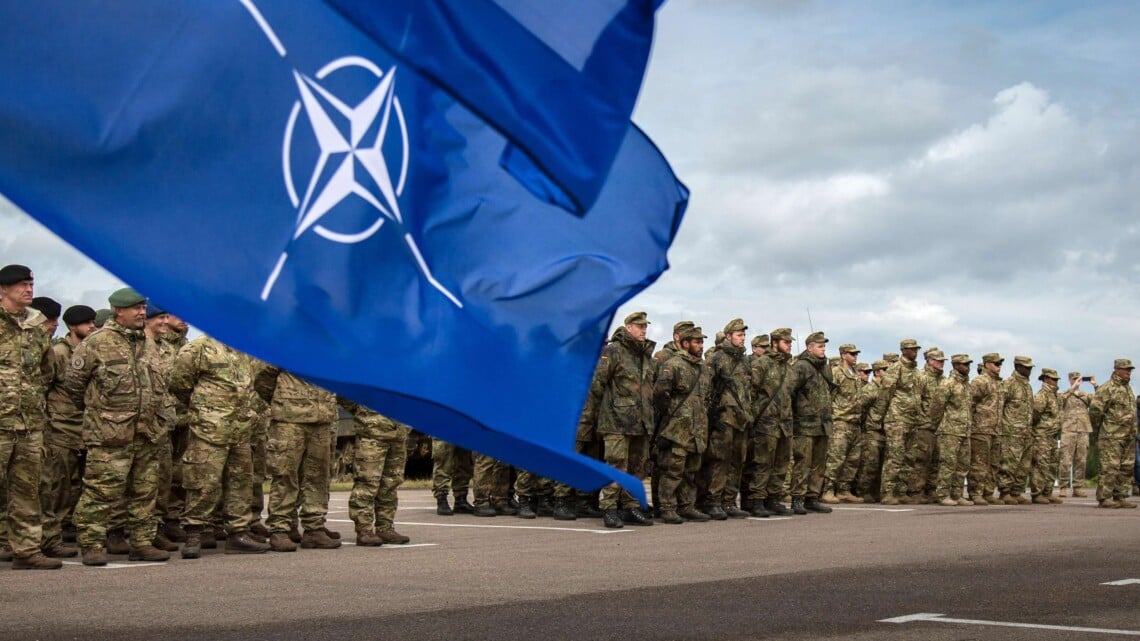AI Meets War: How the Ukraine Crisis is Shaping NATO’s Next Generation of Combat
The ongoing Russian invasion of Ukraine, which began in February 2022, has had far-reaching effects, not only on the geopolitical landscape but also on the future of warfare. Among the most significant shifts is the rapid rise of artificial intelligence (AI) within military operations. NATO, facing a need to adapt to the increasingly complex nature of modern conflict, has accelerated its efforts to integrate AI into its strategies. As the war in Ukraine progresses, AI is becoming a game-changer in NATO’s approach to combat, fundamentally altering how wars will be fought in the future.
The Ukraine Conflict: A Crucible for Military AI Innovation
The invasion of Ukraine has spurred a transformation in military technology, driving NATO to adopt AI solutions at an unprecedented pace. While AI has been an area of interest for defense organizations worldwide, the war has pushed these technologies to the forefront. The increasing reliance on AI by both NATO and its adversaries, such as Russia, has heightened the urgency of incorporating cutting-edge AI systems into military tactics.
AI is no longer viewed as a futuristic concept; it has become a crucial tool on the front lines of warfare. From autonomous drones to AI-powered surveillance systems, NATO’s investment in AI-driven capabilities is reshaping its military doctrine and operational strategies.
AI in Action: Key Areas Transforming Combat
1. Autonomous Systems and Robotic Combat
The development and deployment of autonomous systems are among the most notable innovations in the AI-driven military landscape. Drones and robotic vehicles, powered by AI, are increasingly being used for surveillance, reconnaissance, and even direct combat missions. NATO is rapidly incorporating these systems into its strategy to minimize risks to human soldiers while maximizing operational efficiency.
In the context of the Ukraine war, autonomous systems are being deployed for critical tasks such as precision strikes, intelligence gathering, and real-time battlefield analysis. By relying on AI to make split-second decisions, NATO forces can act with greater speed and precision, giving them an edge in fast-evolving combat situations.
2. Enhanced Intelligence and Decision-Making
AI’s role in improving intelligence gathering and decision-making is another crucial area where the Ukraine crisis has accelerated NATO’s military innovations. AI systems can process massive amounts of data from various sources—satellites, drones, cyber intelligence, and even human sources—in real time. This provides military commanders with a more complete and accurate picture of the battlefield, allowing them to make faster and more informed decisions.
During the Ukraine conflict, both Russia and Ukraine have used AI to gather intelligence and predict enemy movements. NATO, in response, is investing in AI tools that can quickly analyze incoming data to detect threats and identify vulnerabilities in enemy defenses. This enhanced decision-making ability is key to outmaneuvering opponents and staying ahead of evolving tactics.
3. Cyber Warfare and AI-Driven Defense
The integration of AI into cyber warfare has become increasingly vital as the Ukrainian conflict has shown just how disruptive cyberattacks can be. NATO has invested heavily in AI-driven cybersecurity tools to protect its critical infrastructure from digital threats. AI can automatically detect and respond to cyberattacks in real time, helping to defend military communication systems, defense networks, and other vital assets.
With the rise of hybrid warfare, where cyberattacks and traditional military actions are often interwoven, NATO’s ability to counter AI-powered cyber threats is more important than ever. As Russia and other adversaries ramp up their own cyber capabilities, NATO must stay one step ahead by leveraging AI to secure its digital borders.
AI’s Role in the Future of Warfare
As the war in Ukraine continues, the lessons learned and technologies developed will shape NATO’s approach to future conflicts. The integration of AI is no longer a matter of choice but of necessity. AI will not only be critical in combat operations but also in logistics, strategy, and post-conflict reconstruction.
AI-driven systems are expected to play a central role in NATO’s military strategies in the coming decades. Autonomous systems will become more advanced, with the potential to undertake complex missions with minimal human intervention. Furthermore, AI’s ability to learn from previous engagements and adapt to new threats will provide NATO with an invaluable tool in an unpredictable global security environment.
In addition to these operational benefits, AI will also be used to optimize supply chains, predict future conflicts, and develop new methods for maintaining peace and stability in post-conflict regions. As NATO seeks to maintain its global military edge, AI will undoubtedly be a cornerstone of its next-generation combat capabilities.
The Ethical Dilemmas of AI in Warfare
While the benefits of AI in warfare are clear, the rapid adoption of these technologies also raises significant ethical and legal questions. Autonomous weapon systems, which can identify and engage targets without direct human control, have sparked global debate about accountability and responsibility. If an AI system were to make an error, such as targeting civilian infrastructure or civilians, who would be held responsible?
International law, including the Geneva Conventions, sets clear standards for the conduct of war, and AI systems must be developed and used in compliance with these laws. NATO is actively working on frameworks to ensure AI applications in warfare are both effective and ethical. This includes efforts to establish international regulations and guidelines for the use of AI in military operations, ensuring that autonomous systems are used responsibly and in accordance with human rights principles.
Tulsi’s Healing Compounds: Phenols, Flavonoids, and Their Benefits | Maya
The Changing Face of Combat
The ongoing Russian invasion of Ukraine has dramatically accelerated the integration of AI into NATO’s military strategy. What was once a futuristic vision is now becoming a critical reality, with AI shaping the way wars are fought. As NATO continues to adapt to these changes, AI will play an increasingly central role in defining the future of combat, providing enhanced intelligence, automation, and efficiency on the battlefield.
However, this transformation is not without challenges. Ethical concerns and the need for robust regulation will continue to be major topics of discussion as AI-driven warfare evolves. Despite these challenges, one thing is certain: the Ukraine crisis has shown that AI is no longer just an optional tool—it is the future of warfare, and NATO is at the forefront of this technological revolution.




